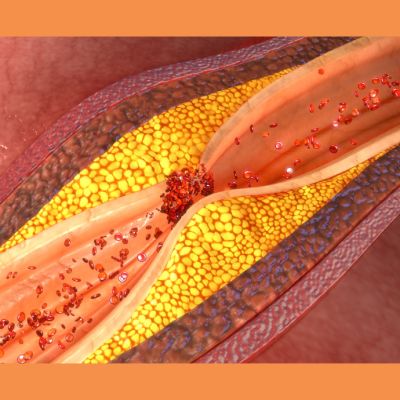While low-dose computed tomography (LDCT) screening for lung cancer has shown mortality reduction, a significant portion of participants are smokers. Studies on the impact of screening on smoking cessation have yielded mixed results. Opt-out delivery of smoking cessation interventions has been effective in healthcare settings and could be applied to lung cancer screening. Integrating smoking cessation with screening could further reduce lung cancer mortality and increase cost-effectiveness. The UK has recommended targeted lung cancer screening, but implementation details for smoking cessation services remain unclear. Geographical disparities and low uptake of cessation support have been observed in pilot programs. A recent study published in the European Respiratory Journal aimed to discuss the integration of smoking cessation interventions alongside lung cancer screening efforts and assess the uptake and outcomes of co-located smoking cessation support within a lung cancer screening trial in the UK.
Insights from the Yorkshire Lung Screening Trial
The study involved adults attending the Yorkshire Lung Screening Trial (YLST), which offered LDCT screening as part of a community-based "Lung Health Check" (LHC) in Leeds, UK. YLST aimed to implement lung cancer screening as a routine NHS service without explicitly stating its research nature in initial communications. Eligibility for screening was based on specific criteria, including age, smoking history, and lung cancer risk models. Participants who consented to screening underwent LDCT scans at mobile units located in community-based settings. Smoking cessation services were offered to those who smoked or had elevated carbon monoxide levels, with opt-out provision by co-located smoking cessation practitioners (SCPs). Demographic, clinical, and smoking-related data were collected for all participants.
Community-Based Lung Cancer Screening and Integrated Smoking Cessation
Eligible individuals attended consultations with SCPs, who provided behavioral support and quit aids in accordance with national guidelines. Follow-up contact was offered for up to 4 weeks, either face-to-face or by telephone, with frequency adjusted according to participant preference. Participants were assessed for smoking status at the 4-week mark. Of those attending the LHC, a substantial proportion accepted SCP referral and ongoing cessation support. Most participants had moderate nicotine dependency and had not attempted to quit in the past year. Various cessation methods were chosen, with a combination of nicotine replacement therapy (NRT) and e-cigarettes being the most common. Overall, the study highlights robust engagement with smoking cessation support among eligible participants in the community-based lung cancer screening program, indicating the potential effectiveness of integrating cessation services into such initiatives.
Engagement, uptake and quit rates of smoking cessation services
The study focuses on the uptake and 4-week quit rates of a smoking cessation service co-located with a community-based LDCT lung cancer screening program. Among eligible participants, 89% agreed to immediate consultation with a smoking cessation practitioner (SCP), and three-quarters accepted longer-term support, indicating high acceptance of the cessation service. About 15% of eligible participants reported abstinence from smoking at the 4-week mark, highlighting the potential life-saving impact of integrating smoking interventions into screening programs. The study cohort comprised predominantly individuals from deprived populations with low educational attainment and was mostly of White ethnicity. Most participants initiated smoking during adolescence, displayed low motivation to quit, and had made few quit attempts in the past year. However, higher motivation to stop smoking, self-efficacy of quitting, and nicotine dependency were associated with greater uptake of cessation support.
Exploring Sex Differences in Engagement and Quit Success
Interestingly, male participants were less likely to engage with ongoing cessation support but had a higher likelihood of self-reported quitting at 4 weeks compared to females. This sex difference in engagement and quit success warrants further exploration. Age, deprivation, and education level did not significantly influence support uptake or self-reported quitting at 4 weeks. Although conducted within a research framework, the study demonstrated high acceptance of cessation support, suggesting potential applicability to broader populations. Limitations include the lack of long-term quit data and the predominantly White study population, which may limit generalizability to other ethnic groups.
The findings emphasize the importance of integrating smoking cessation interventions into lung cancer screening programs to maximize clinical benefits. Policymakers are encouraged to allocate dedicated funding for tailored cessation services alongside LDCT screening programs to enhance their effectiveness in reducing smoking-related morbidity and mortality.
Source: European Respiratory Journal
Image Credit: iStock























